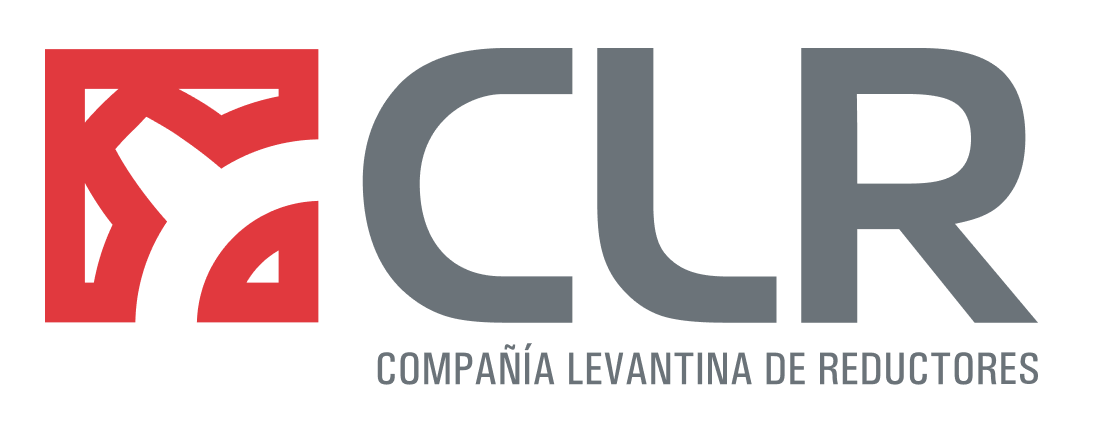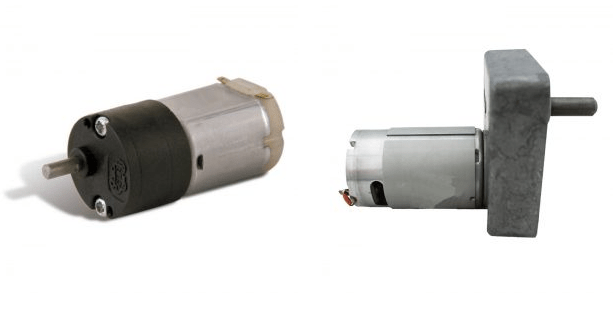
Linear or rotary actuators
Con los avances en tecnología y el paso a la era de la automatización, el funcionamiento de los dispositivo a partir de la fuerza de trabajo humana se han quedado atrás para dar lugar a la automatización de estos elementos mediante actuadores.
With the Advances in technology And the move to the era of automation, the operation of devices based on human labor force have been left behind to give rise to automation of these elements using actuators. In order to improve people's well-being and comfort, currently linear and rotary actuators they are in high demand and used, but before delving into them, let's give an overview of What is an actuator And the different types that exist. Let's do it!
When we talk about mechanical actuators we refer to a inherently mechanical mechanism Whose function is provide force to move another mechanical device. The force caused by the actuator comes from three typefaces possible: pneumatic pressure, hydraulic pressure or electrical motive force. Therefore, depending on the origin of the force, the actuator will be called pneumatic, hydraulic or electric.
You might be interested in: Electric actuators in robotics: some surprising innovations
What types of actuators are there?
The most common types of drives in the industry are:
Hydraulic actuators
They use pressurized liquids to generate mechanical force. One of the most commonly used liquids is oil. They are used when what is needed is wattage And in machines of great weight and size. They require too much power supply, as well as of a Periodic maintenance.
They exist three large groups:
- Hydraulic cylinder
- Hydraulic motor
- Hydraulic oscillation motor
Electronic actuators
They are operated by means of electric currents. Some they consume a lot of energy, so for this type of case they are used controllers.
Su structure is simpler compared to that of hydraulic and pneumatic actuators, since they only require electrical energy as an energy source.
They are usually used in mechatronic devices Like robots or for Control everyday tasks such as turning on and off heating and cooling systems.
Pneumatic actuators
They convert the compressed air energy in mechanical work. Although they are essentially identical to hydraulic actuators, in this case the Compression range is smaller.
Pneumatic models are simple positionings. Work by an actuator of these characteristics can be linear or rotary.
Maybe you're interested: Using Actuators with Arduino
Difference between linear actuators and rotary actuators
Un linear actuator It is a device that converts the rotational motion of a low-voltage DC motor in a linear motion. Your exit movement occurs online with the same output shaft, in this way it is possible to lift, adjust, tilt, push or pull heavy or hard to reach objects at the push of a button.
Su installation is very easy compared to hydraulic systems and the space Required is also a lot smaller.
A linear actuator consists of a motor, a gear and a shaft thread which includes a nut. Its most widespread application would be in the opening large windows or offices.
Keep learning: The role of sensors and actuators in autonomous vehicles
With regard to the rotary actuators, are all those whose The final movement is done in a circular way. Its function is Convert hydraulic pressure of a fluid in rotational power, and develop a instantaneous torque.
They consist of a cylindrical camera which includes a stationary barrier and a central axis with one or two paddles attached to it.
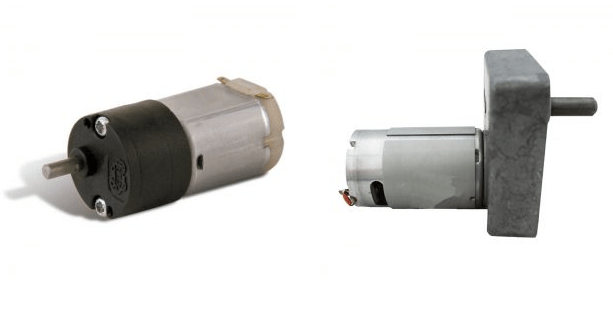
La wattage is obtained by applying the hydraulic pressure over the total area of pallets, that when moving, they do Rotate the actuator shaft. El torque What an actuator develops will depend on the area of the blade and the hydraulic pressure to which the chamber is subjected.
La speed, Like any dynamic element, hydraulic oil, will depend on the Flow that circulates by the actuator and is normally regulated with choke valves.
Rotary actuators can be mounted vertically, horizontally or tilted. However, since they are elements subject to extremely high torques, the fastening must be studied according to the acting forces.
They can be used in a large number of industrial applications such as pressure grips, opening and closing large valves or saws. But one of the most widespread applications is in automated blinds.
To be able to decide on one or the other, the determining factor is the Final function that he's going to play. For example, for a Pushing motion, it will always be easier to adapt a linear actuator than a rotary actuator. If, on the other hand, we are talking about a team that needs to carry out a Drag movement or to roll something, it will be easier to use a rotary actuator.
You might be interested in: Success story: small actuators for locksmiths
In CLR we have been dedicated to the design and manufacture of gearmotors and drive solutions. If after reading this post you still have doubts about which actuator to choose, ask yourself contact with us, our team of engineers will help you depending on your needs.
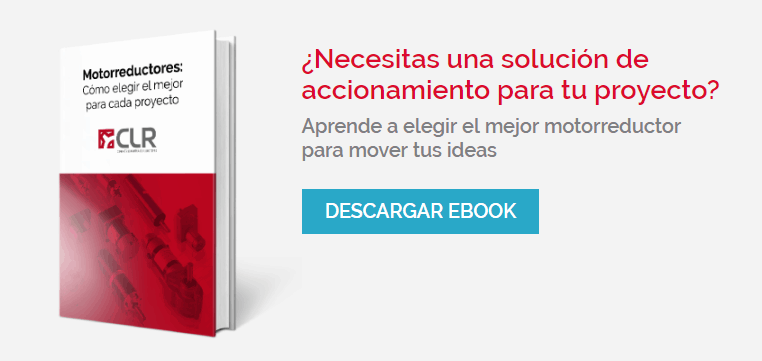
We offer customized, tailor-made solutions. Configure with us the perfect gearmotor for your project.
¿Tienes un proyecto en mente?
We can manufacture your tailor-made solution, we accompany you at every stage of the project to offer the solution that best suits your application.
Do you have a project in mind?
We can manufacture your tailor-made solution, we accompany you at every stage of the project to offer the solution that best suits your application.
